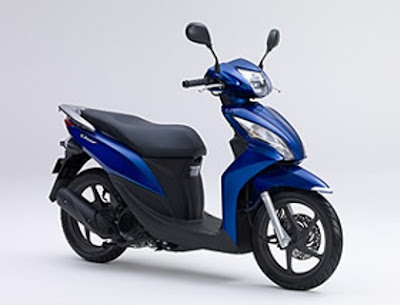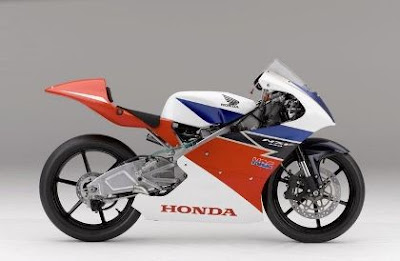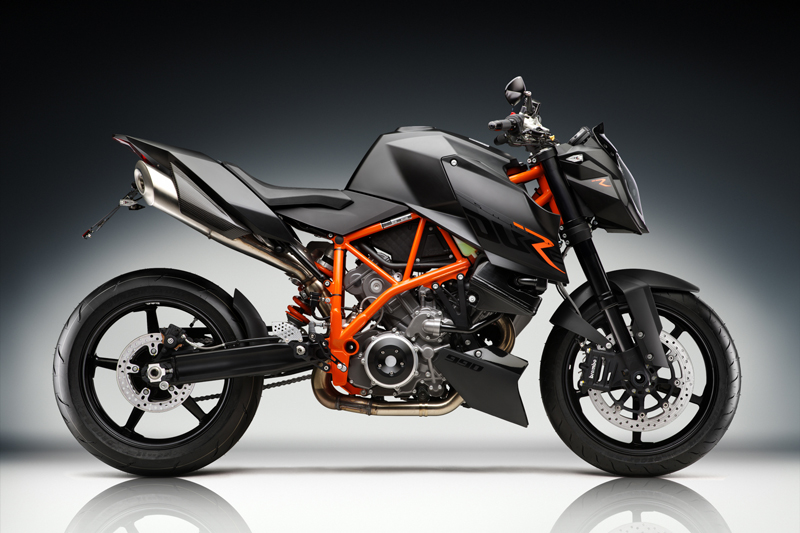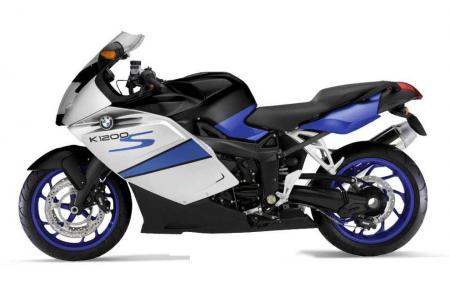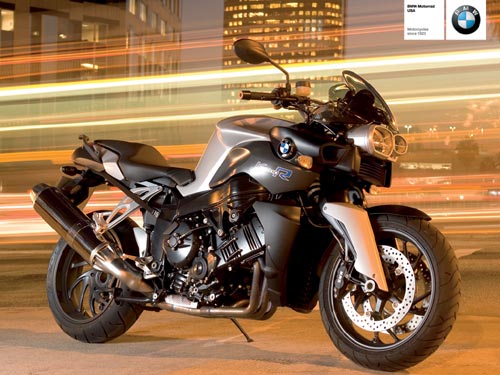 crazy bikes
crazy bikes
 crazy bikes
crazy bikes
 crazy bikes
crazy bikes
 crazy bikes
crazy bikes
 crazy bikes
crazy bikes
 crazy bikes
crazy bikes
The Dutch are coming, and they’re armed with a radical idea about the future of transportation that could cure obesity and global warming, stall traffic congestion, and maybe shake the very steering wheel from your hands:
Bicycles.
Scoff if you must, but their arrival signals that Miami is getting more serious about making room for cyclists.
The Royal Netherlands embassy in Washington has dispatched three of the famously bike-friendly country’s top experts on “cycling as transportation’’ to Miami, where they will spend three days figuring out how to turn the city’s car-clogged downtown into a virtual Amsterdam of safe, connected bikeways. Or as close to that as we can get.
Not coincidentally, the ThinkBike Workshop comes to town as Florida’s transportation department and some local governments have embarked on a push to refit the mean streets and roads of Miami-Dade County to accommodate, even embrace, bicycles.
In the next couple of years, miles of new bike lanes, bike-friendly wide shoulders and shared-lane markings will begin popping up along principal byways from Krome Avenue in West Miami-Dade to Collins Avenue and Alton Road on Miami Beach, Red Road along the western border of Coral Gables and Northeast 125th Street in North Miami, among others.
The strategy: to create an eventual network of on-street bikeways that encourage people to use bicycles for their daily business – to get to school or work, to run errands, to go out to eat or visit the neighborhood park – as casually as the Dutch do.
The approach follows the Dutch experience, where extreme bike-friendliness didn’t just happen. Experts say it took 40 years of concerted bicycle planning, street re-engineering, promotion and education, but the Dutch have shown that hordes of people will happily hop on their bikes if it’s safe and convenient to do so.
So who better than the Dutch to show us how it’s done?
The country has more bikes than people. Cities and the countryside are crisscrossed by bicycle lanes, protected bike paths, exclusive bike highways. In mixed traffic, bikes have priority over cars. The vast majority of children ride bikes to school. Men think nothing of riding in business suits, women in skirts and heels.
“In Holland, it’s a passion,’’ said Joseph Weterings, the Dutch consul general in Miami, whose government has sponsored similar workshops in Chicago and Washington, D.C.
The notion that an auto-crazy city like Miami can – and even must – become bicycle-friendly may strike some as nuts. Advocates concede it will take more than a few road tweaks and some serious attitude adjustment, especially among Miami’s notoriously careless and aggressive motorists, before more people become willing to brave cycling on its streets.
But they say anecdotal evidence, some studies and recent experience suggest enough people are eager to try it, especially younger residents in revitalized urban neighborhoods, to more than justify the effort, which is relatively inexpensive. Although state law permits bicycles on nearly all roadways, experts say dedicated bike lanes improve safety, encourage more people to ride and, as an added bonus, act to calm motorized traffic. That betters safety for everyone, including pedestrians. Local planners say more people are already looking for alternative transportation as gas prices spike.




